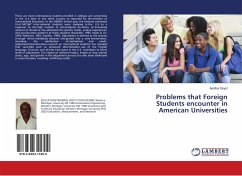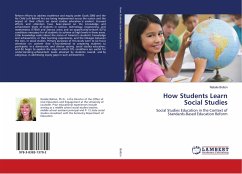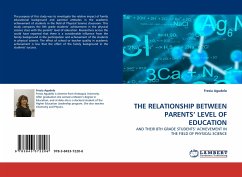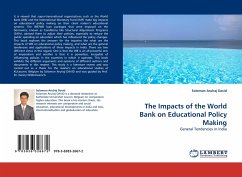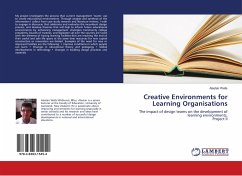There are more international students enrolled in colleges and universities in the U.S. than in any other country as reported by the Institute of International Education. In the 2000/01 school year, the institute estimated that 547,867 inter-national students were studying in the U.S. As a response to the high number of international stu-dents, an increasing amount of literature has addressed the specific needs, unique experiences, and acculturation patterns of these students (Essandoh, 1995; Hayes & Lin, 1994; Pedersen, 1991; Sandhu, 1995). Adjustment is defined as the process through which individuals become inte-grated into a new environment, including the satisfaction of motivations and needs. Adjustment/Acculturation research on international students has revealed that varia-bles such as perceived discrimination, use of the English language, finances, and shorter time spent in the U.S. contribute to lower levels of adjustment. The impact of declared majors, length of stay, marital status, age, and gender in the adjustment process has also been addressed in several studies, revealing conflicting results.
Bitte wählen Sie Ihr Anliegen aus.
Rechnungen
Retourenschein anfordern
Bestellstatus
Storno

